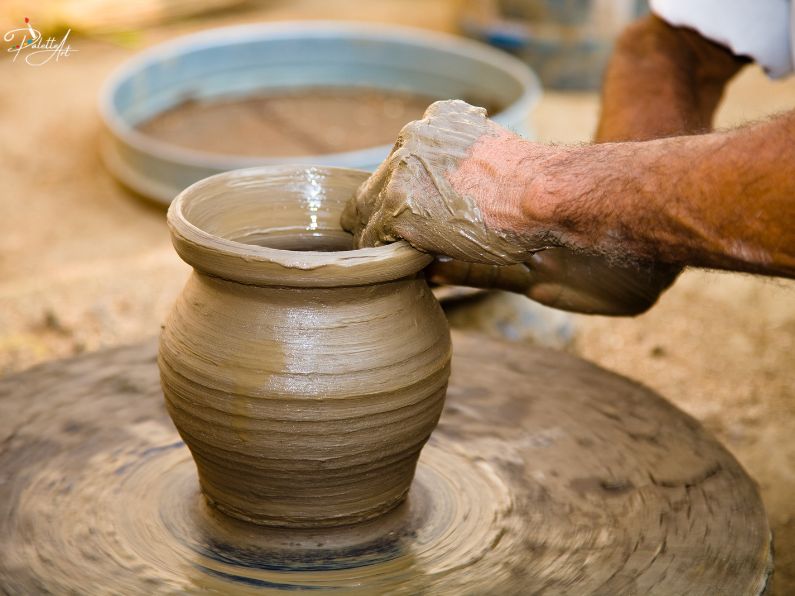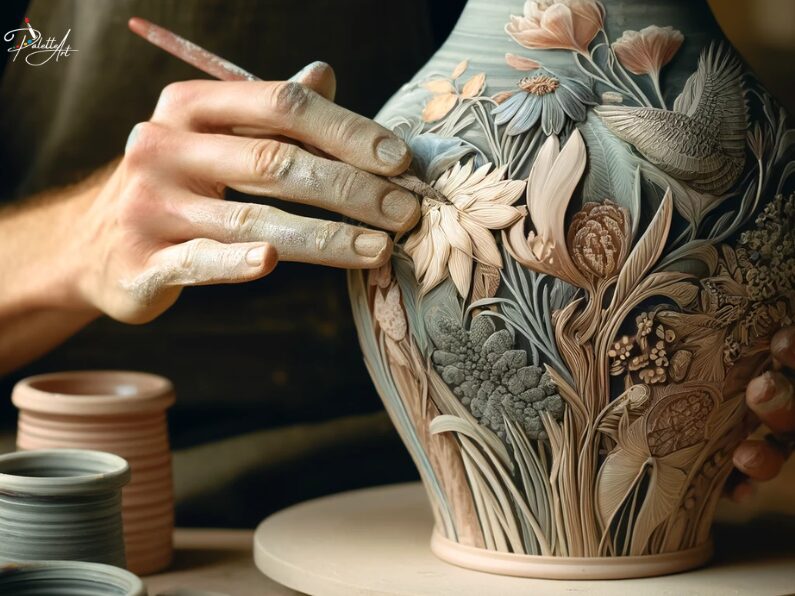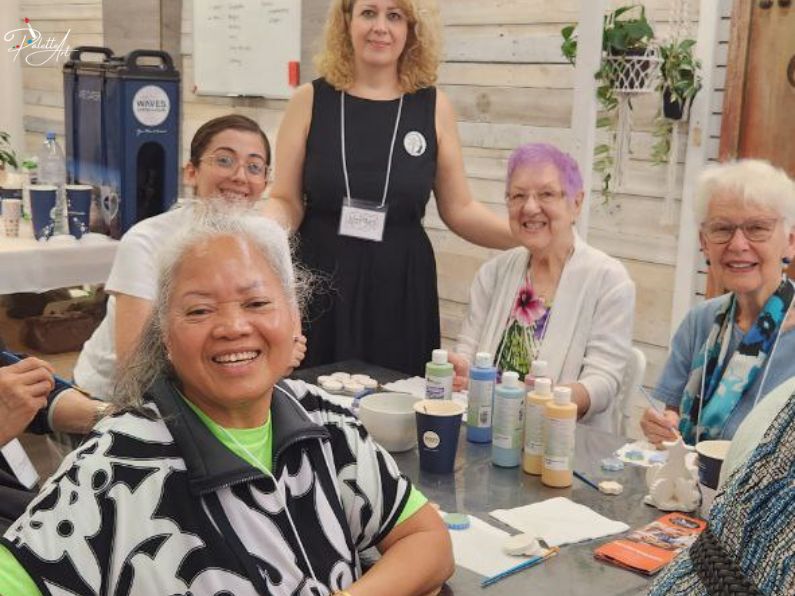Underglazes represent a versatile and indispensable tool in the arsenal of any pottery artist. These specialized ceramic pigments offer a wide range of applications and possibilities for enhancing pottery pieces through painting. Let’s delve into the world of underglazes and discover their various uses in pottery painting.
Contents
Enhancing Surface Decoration
Underglazes serve as a potent means of adding intricate designs, patterns, and details to pottery surfaces. By applying underglazes before the final firing, potters can achieve vibrant and detailed artwork with precision and control. From delicate floral motifs to bold geometric patterns, underglazes allow artists to unleash their creativity and elevate their pottery pieces to new heights.
Creating Depth and Dimension
One of the unique characteristics of underglazes is their ability to create depth and dimension in pottery painting. By layering different colors and shades of underglazes, artists can achieve rich and nuanced effects that add visual interest and complexity to their pieces. Whether creating subtle gradients or dramatic contrasts, underglazes offer endless possibilities for creating depth and dimension in pottery artwork.

Achieving Color Intensity and Brilliance: Underglaze pottery applications
Pottery applications of underglazes are renowned for their exceptional color intensity and brilliance. Unlike traditional glazes, which often become transparent or muted during firing, underglazes retain their vibrant hues and vivid tones even after firing. This makes underglazes an ideal choice for artists seeking to achieve bold and striking color effects in their pottery painting.
Palette Art Studio, located in New Westminster, is waiting for you in a safe and calm environment to record beautiful moments and use the happy moments of you, your friends, and even your children along with art. Call us now to start an artistic journey. Contact us

A Real Mastery Case of Underglaze pottery applications
Consider the work of Sarah Thompson to Underglaze pottery applications , a master potter who has been using underglazes for over a decade. Sarah specializes in creating intricate, nature-inspired designs on her pottery. By carefully layering various underglazes, she achieves stunning gradients and vibrant hues that bring her floral and landscape motifs to life. Her detailed application and control over underglazes have garnered her widespread recognition in the pottery community, illustrating the profound impact of underglazes on the artistry and aesthetic appeal of pottery pieces.
Pottery Decoration Basics
For those new to pottery decorating, understanding the basics of applying underglazes can be immensely beneficial. By mastering the techniques of layering and blending colors, you can unlock the full potential of underglazes to enhance your pottery pieces. For a comprehensive guide, check out our article on Pottery decoration basics.
In conclusion, underglazes are invaluable tools for pottery artists, offering a wide range of applications and possibilities for enhancing pottery pieces through painting. From enhancing surface decoration to creating depth and dimension, underglazes allow artists to unleash their creativity and achieve stunning results in their pottery artwork. Whether creating intricate designs, layering colors for rich effects, or achieving vibrant color intensity, underglazes offer endless opportunities for artistic expression and experimentation in the world of pottery painting.

FAQs
What are underglazes in pottery? Underglazes are specialized ceramic pigments applied to pottery before the final firing to create vibrant colors and intricate designs.
How do underglazes differ from traditional glazes? Unlike traditional glazes, which can become transparent or muted, underglazes retain their vibrant hues and vivid tones after firing.
Can underglazes be mixed to create new colors? Yes, underglazes can be mixed to create custom colors, allowing artists to achieve a wide range of hues and shades.
What is the best way to apply underglazes? Underglazes can be applied using brushes, sponges, or even airbrushes, depending on the desired effect and level of detail.
Do underglazes need to be covered with a clear glaze? While not always necessary, covering underglazes with a clear glaze can enhance their appearance and provide a protective coating.
Where can I learn more about pottery decoration techniques? For more information on pottery decoration techniques, you can explore online resources or take classes at local art studios like Palette Art Studio.
For further reading on pottery techniques, including using underglazes, you can refer to reputable sources like the American Ceramic Society [link to https://ceramics.org/].


